In the next rehearsal, everyone gets back in a circle and shares their lists to find overlaps in what was most popular and what resonated the most, which creates a distilled depository. From there, ensemble members once again break up into groups and spend forty-five minutes to an hour creating story outlines from scratch, drawing elements from the depository. These outlines are shared with the collective, then the process is repeated, four times in total. In the most recent devising process, the collective ended up with twelve outlines.
Next, the collective has a day of discussions, talking through all the outlines and expressing which ones are most exciting to members, narrowing the selection down to four outlines. The next rehearsal provides space for another group conversation, which results in the selection of one outline, which will be developed into the new play. Finally, the devising ensemble meets for three or so more rehearsals to expand that outline into scenes, having actors in character improvise those scenes a couple times. As the collective selects and builds the outline, their decisions are guided by real-life constraints, including budget, logistical feasibility, and who the actors are in the room.
Once the devising process is complete, the designated playwright(s) turn the outline into a script, which is shared with the devising ensemble in at least two workshops to receive feedback that informs script development. Finally, the collective reconvenes for a several-week rehearsal process leading up to the show’s premiere. The COVID pandemic dramatically changed Intramural’s devising process timeline. In the past, the collective spent just thirty days from the first writing prompts to opening night. For the upcoming show, devising work began in August 2023, and the show will premiere in May 2024.
Democracy is really slow.
It is important to highlight that every step of this decision making is consensus-based. Kirschner is a facilitator of the process, and he takes his role in setting an example of egoless-ness seriously, by not being overly attached to or precious with the ideas he submits to the group. All those iterative discussions take time, and as company member Elizabeth Frenchie Faith quips, “Democracy is really slow.”
Davis elaborates, “Especially for people who are new to the company or don’t know everyone as well, it takes a while to feel like people will listen to you and your ideas matter, which is heightened by any differences in race, orientation, or gender. It’s intangible, but creating a space where people feel truly welcome as their authentic selves is important, and that takes time.” Kirschner is attentive to making sure all members of the group feel encouraged to voice their opinions. Mary Langley, who joined the company this year, says, “Intramural organizes that space in a way that feels safe and supportive. How things are supposed to be done, how conflict was supposed to be handled, what the goal was for the collective, was all clear from the beginning.”
As much as the devising process is designed to create a play, it also requires ensemble members to vulnerably participate in a creative negotiation. Ensemble member Madi Zins, who also joined the company this year, says, “Consent doesn’t have to mean you are enthusiastically for whatever decision is being made. It’s about what feels safest for everybody in the room, and what everyone is willing to try. It’s a moment of collaboration, listening, and hearing where people are.” Listening is a word that came up repeatedly in interviews with company members, as a skill they honed throughout the devising process. Everyone’s ideas are valuable in this non-hierarchical way of making, and while individuality is necessarily forsaken for the group’s collective decision making, every ensemble member can point to something of their own in the finished product. Working with Intramural has not only made its ensemble members better listeners, but also encouraged them towards more risk taking, and feeling more confident about their artistry.
Taking time to build every element of the show together creates an impressive bond of trust that leads to a more symbiotic rehearsal process down the line. Company member and sound designer Bobby Burvant describes the “liberated surreal creative wildness” that emerges after participants dare to diverge from the prompts. He says, “I love the way that once somebody does it and it inspires us, then everybody starts to loosen up a little and just writes what they’re thinking, instead of trying to fit within the parameters of the prompt.” This creativity feeds off itself, and after two to three rehearsals of sharing prompt responses, it creates a “special safe playground of a container” to “bring ideas into space, and trust other people to play around with them,” according to Zins. She continues, “It allowed me to push what I could be doing a little bit farther and try things a little bit weirder and be a little bit more raw with things I was thinking and feeling.”
The as-yet-untitled devised show has the largest ensemble to date, with a whopping seven members in the devising collective. Having more voices in the room for this process led to less time to consider each individual’s contributions, but the pleasant surprise of several new talented writers joining the group.

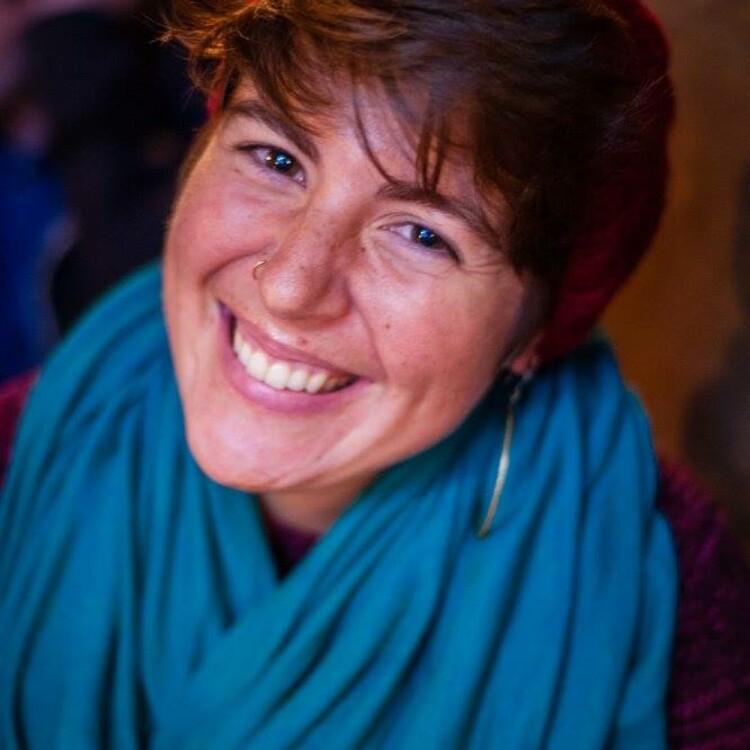
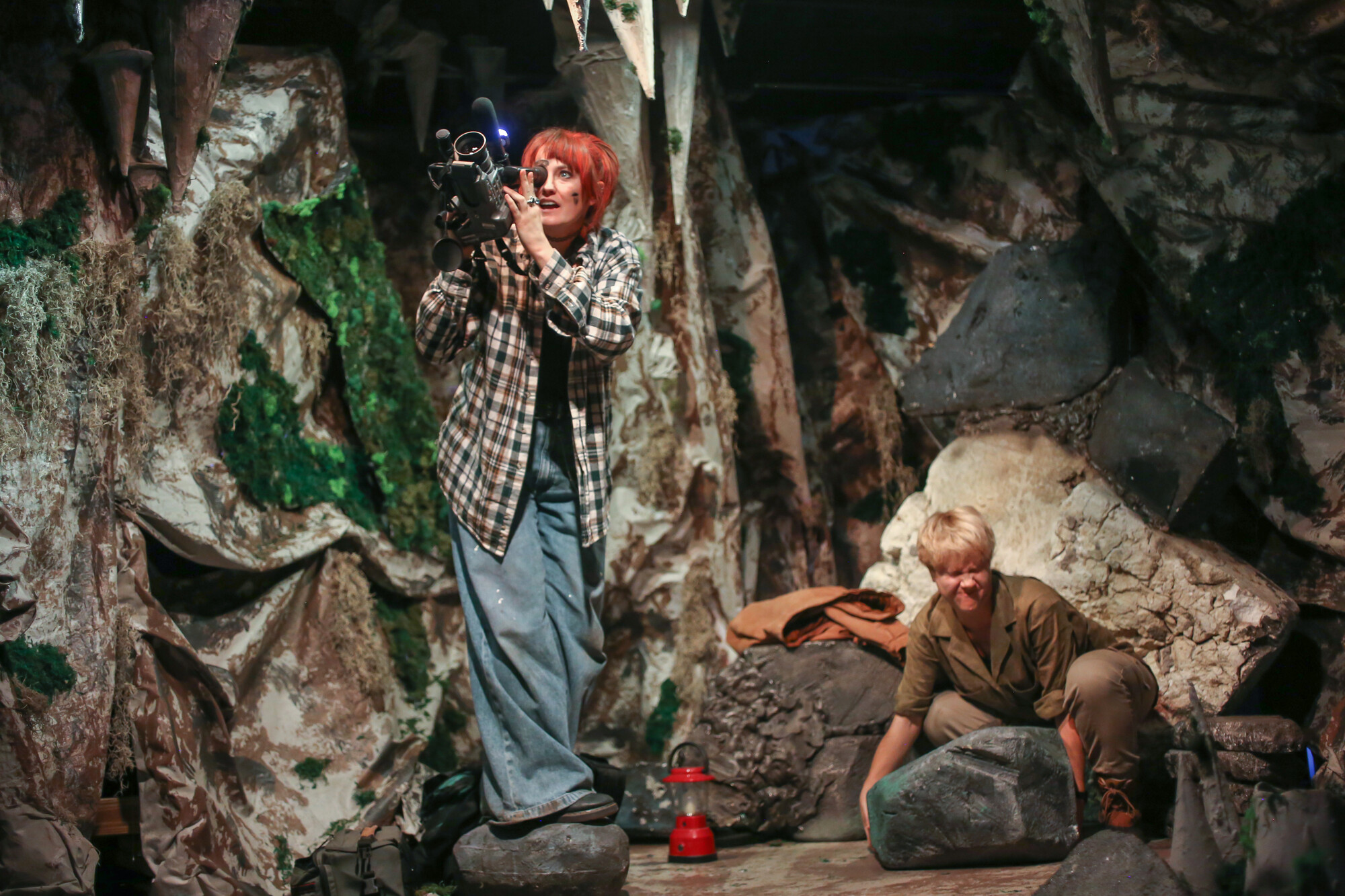
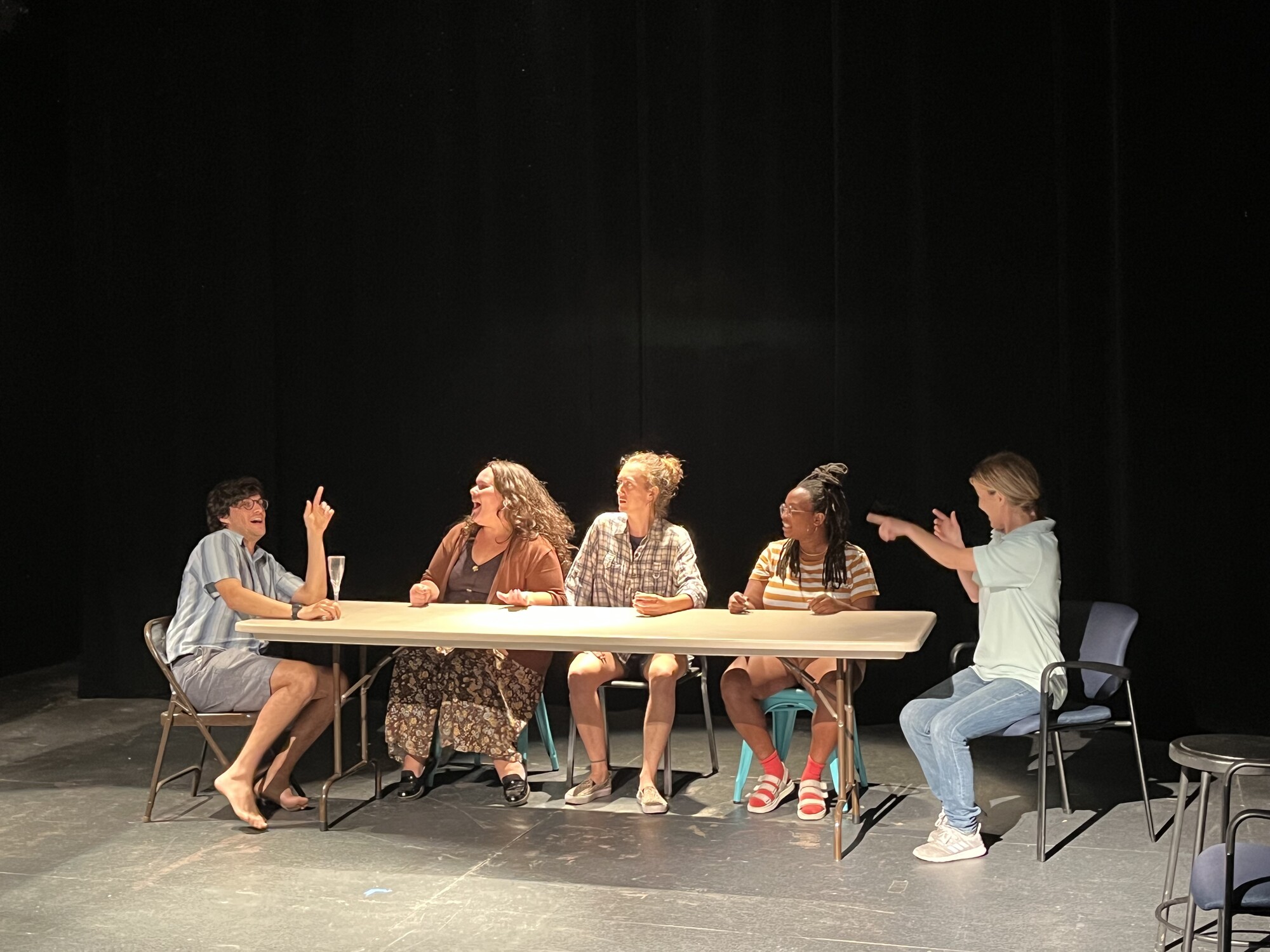
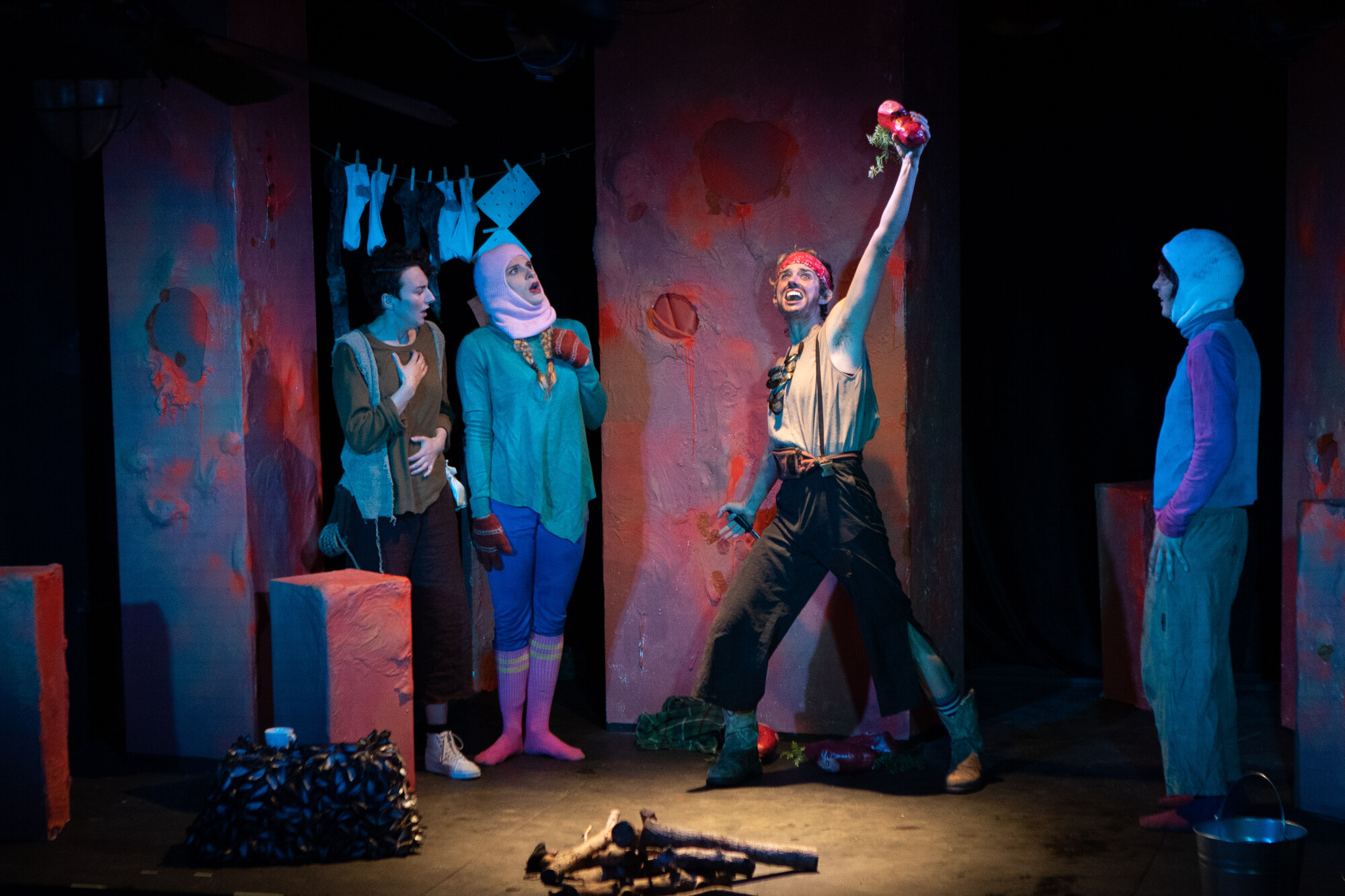
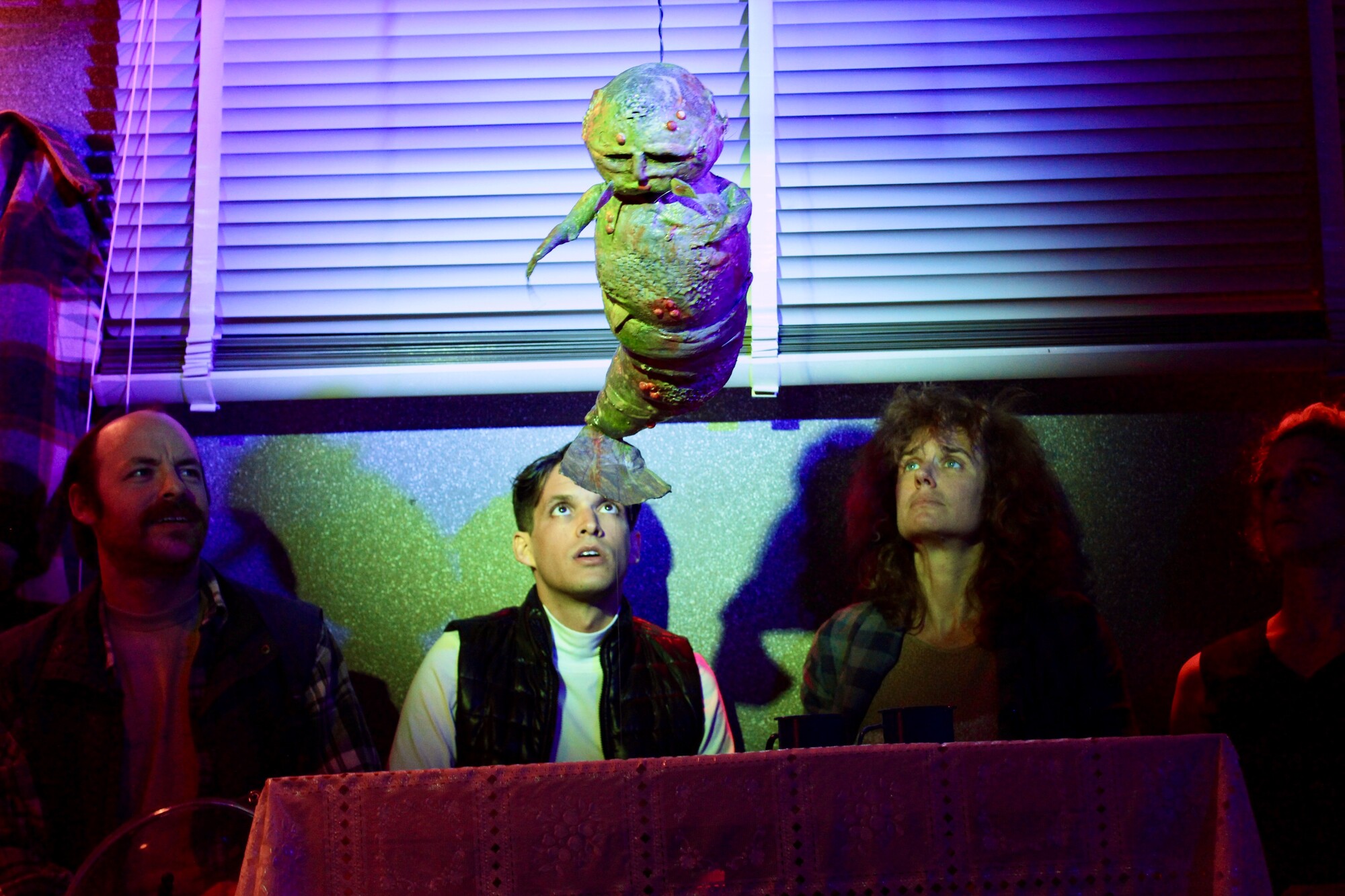
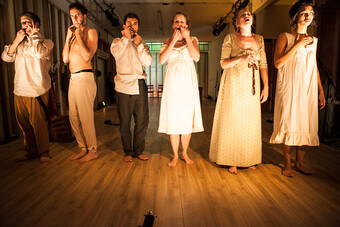

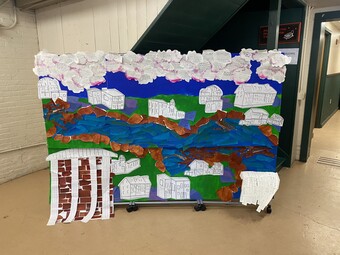

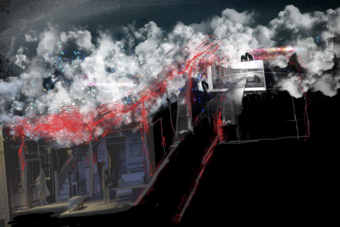


Comments
The article is just the start of the conversation—we want to know what you think about this subject, too! HowlRound is a space for knowledge-sharing, and we welcome spirited, thoughtful, and on-topic dialogue. Find our full comments policy here